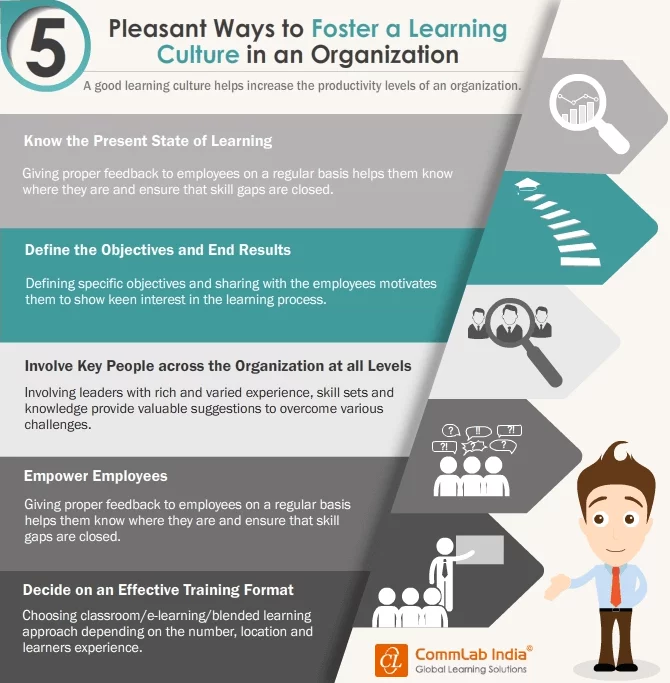
Change is everywhere, but its presence in business environments has a profound impact on company progression.
In today’s volatile times, competitors are waiting for an opportunity to overtake their counterparts. An unwillingness to adopt a change management 101 can leave companies stuck in the past, which means it’s important to evolve or risk losing relevance.
Change Management – Outcomes Desired and Actions Required https://t.co/rqa3U3VcaN
— Tim Creasey (@timcreasey) September 13, 2018
Change can’t be introduced without any formal structure either, especially considering the frequency of new procedures.
Introducing change is no easy feat, which is why various change initiatives fail. Usually this occurs through bad management, lack of resources, or a failure to account for the magnitude of change.
Employees have a tendency to resist change, and this can cause failure more times than not. When staff aren’t willing to embrace change, organizational development can hit rocky grounds.
Not a fan of the term #resistancemanagement. It’s easy to become adversarial if managing resistance is the goal. I prefer #peoplesupport. We’re trying to help people cope with #change in a healthy way. #changemanagement #mindset
— Chris Clark (@LBCCoaching) September 30, 2018
To safeguard against this, there are various tools and techniques to master in 2018!
Organizational development has transitioned as a discipline, to accommodate change management at every layer. This will facilitate smooth development, while helping you mitigate common mistakes.
But before we get to why change fails, let’s define organizational development.
How Would You Define Organizational Development
Organizational development can be defined as an approach to systems change. It is based on predefined objectives, which are flexible and subject to change based on fluctuating circumstances.
The process enables organizations to forge a new status quo, which is desirable and beneficial for business operations. For organizations to develop they must embrace change, and establish effective communication channels.
Change leaders who can modify existing behavioral patterns will have the most success. It often requires an overhaul of both infrastructure and employee attitudes, alongside a consideration for organizational cultureorganizational culture.
Development is about working with existing infrastructure, but with an appreciation for positive changes. Observing existing patterns will help you retain familiarity amidst a sea of uncertainty.
Image source: Commlabindia
Organizational development involves training, and a positive mindset to transform your business. It sounds great, but clearly there are huge gaps between the ideal scenario and what happens in reality.
Most attempts at organizational development fail, through a poorly instigated approach to change. Perhaps you could perceive this as change being doomed to failure.
But why would you? In fact, you’d be much better off learning from common change failures, which explain why organizational development has a tendency to fall flat.
Evaluating these will help you reduce common risks, or at least implement safeguards and pre-plan for negative outcomes. These will create awareness which you can leverage to achieve great things.
3 Reasons Why Change Often Fails
1. Lack of Alignment
Staff members are likely to reject change in favor of doing what they perceive is best for them. Egoism is a common determinant of business failure. It often results in a lack of alignment between staff responsibilities and what’s best for the company.
Humans are naturally threatened by uncertainty, especially by something which questions the status quo they’ve grown accustomed to.
A desire to protect what one has built is a common barrier to change. With better communication, staff will appreciate how embracing change will benefit them in the long run.
Additionally, you can adopt some fun and engaging exercises to keep things fresh!
These will provide motivation to work in accordance with company values. Some employees will feel excluded too, especially when the scope to change isn’t clearly stated. Those who aren’t proactively involved can become disillusioned.
Dejecting your staff is best avoided, so remember to involve them at every stage. Make them feel valued, and give staff an opportunity to contribute valuable feedback.
2. Insensitivity
Change is often introduced without prior warning, and without considering the needs of those responsible for implementing changes.
If you want your team to buy-in, you should be sensitive to their needs, using empathy to take an understanding approach.
Involve your team early and often, incorporating feedback where possible. Staff can have great things to contribute, and will be incentivized to work favorably if their opinion is valued.
Change is challenging, so you should appreciate the stress it can create and adopt a measured approach.
3. Poor Communication
Failure to communicate change is a common reason for failure, but communicate what exactly? Well, most organizations fail to create an open dialogue to explain why change is necessary.
They’ll dictate change to staff without explaining why it’s necessary, and this can cause chaos and confusion.
The need to change should be communicated, and if anything overcommunicated. Change leaders should never assume knowledge, and should focus on delivering information in ways which are easy to comprehend.
Change leaders fall victim to using complicated wording, which can fall on deaf ears. Rather than giving clear reasons, leaders often use statistics, an approach which often fails to make an impact.
A positive path to change should be promoted, rather than using fear as a motivator. Unite your team towards a clear goal for the future. Articulate a vision and watch change be embraced at a higher rate.
Change doesn’t have to be taxing, so remember to make the path to success a smooth one!
WalkMe Team
WalkMe spearheaded the Digital Adoption Platform (DAP) for associations to use the maximum capacity of their advanced resources. Utilizing man-made consciousness, AI, and context-oriented direction, WalkMe adds a powerful UI layer to raise the computerized proficiency, everything being equal.




